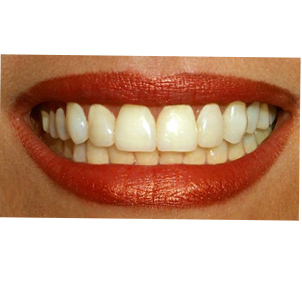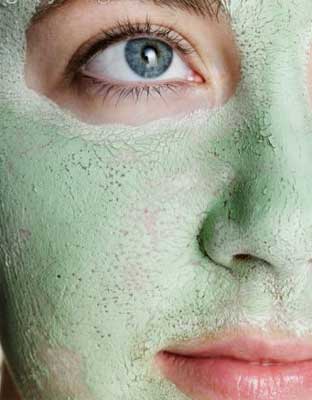One of the major sources of social control across many different regions in the world is hygiene, or the medicalization of personal maintenance. Practices that are "hygienic" are generally agreed to reduce risks of disease transmission and preserve good health, especially through acts of cleanliness. There are many hygienic rituals that require a mirror to perform, and as we shall see, the mirror enables many people to internalize medical rhetoric about hygiene.
Hygiene is fascinating because its tenets and claims rarely surface initially through medical prescription. Rather, the structure of cultural relationships, interpersonal sensitivity, and ideas of "appropriateness" and "delicacy" change first- it is after a marked change in social behavior that a new means of engagement might be justified by medical rhetoric (Elias 115-116). These social changes that are the sources of hygienic practice can come from a variety of different places. One common origin in the latter half of the 2nd millennium is the etiquette books mentioned in The Rise of the Mirror as Commonplace, in which wealthy and upper class elites would publish articles to describe their visions of appropriate social interaction. Many of these publications called for self-maintenance on behalf of avoiding the embarrassment and discomfort of others, which was a criterion based on popular notions of disgust more than health (these two terms, disgust and health, are often conflated in hygienic concepts) (Goudsblom 163). Any person aspiring to upward mobility would feel pressured to engage with the "rules" of the etiquette books, which explains the initial (non-medical) adoption of what later became hygienic practices.
Conrad would classify many hygienic practices as "normative science," or science that is implicated in sustaining a given set of social standards. He argues, quite staunchly, that "...public facts, even those which wear a 'scientific' mantle, [can be] treated as products of the groups or organizations that produce or promote them rather than as accurate reflections of reality" (Conrad 36). This is a valuable perspective, despite its one-sidedness: scientific and aesthetic norms are often inseparable because they reinforce each other so strongly.
This is a particularly compelling history in relation to the mirror, because the mirror is in many ways a direct linkage between hygienic practice and normative social control. Looking in the mirror is, first and foremost, an aesthetic act. Yet many rituals that are medically coded are tied into the mirror's role. Take brushing one's teeth, for example. It is one of the most standard hygienic routines in the world, because it helps to maintain strong and healthy teeth. But what is implicated in strong and healthy teeth? A nice white smile, and a full set of teeth into old age. This is not to be taken lightly, because yellow or missing teeth are categorically excluded from images of beauty in popular culture. The recent emergence of cosmetic dentistry as a professional medical field attests to the fact that dental hygiene is intimately informed by social aesthetic. The practice of orthodontistry is a related example, because its medical benefits are often (although not always) questionable. And although it is possible to brush or get braces without using a mirror, a mirror helps create the aesthetic need by allowing us both to problematize that which we want to change, and to gauge the success of our practice by making its results conveniently visible to us.
 (This image appears on the first page of results for a google image search of the term "hygiene." Lipstick is definitely vital for hygienic health.)
(This image appears on the first page of results for a google image search of the term "hygiene." Lipstick is definitely vital for hygienic health.)

The field of dermatology, and the array of related hygienic practices associated with it, also attests to the intimacy between beauty aesthetics and medicine. When washing one's face or applying products like essential oils or moisturizers, a mirror is a valuable tool to ensure coverage and to verify results. Hair growth also falls under the field of dermatology, so shaving, balding, hair transplantation, and hair removal also fall under medical jurisdiction. Is hair not one of the most important aesthetic tools of the personal front as well? We should note, with regard to shaving in particular, that many advertisements for shaving creams also promote vitamin formulas and moisturizers that are healthy for the skin. I would argue that dermatology, including both skin care and hair care, is difficult to classify as either a cosmetic or a medical practice. Indeed, it is simultaneously both.


Back to Influence and Rhetoric.
Back to the mirror project page.
